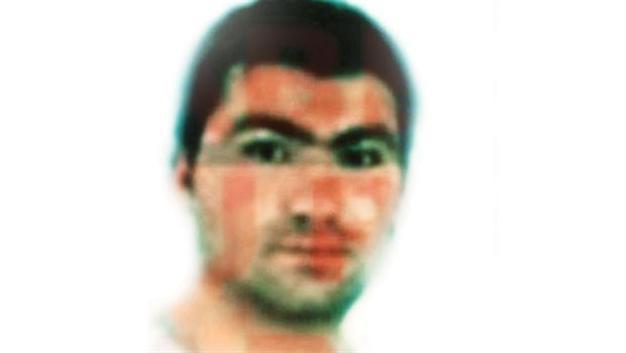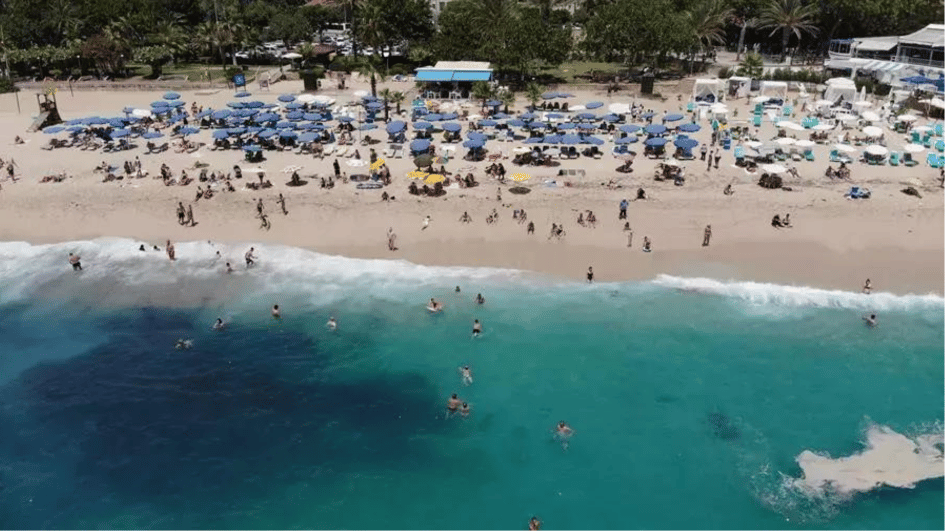Gaziantep bomber from the cell of Diyarbakır, Suruç and Ankara attackers
Fevzi Kızılkoyun – ANKARA
 The suicide bomber of the May 1 bomb-laden car attack that killed two police officers in the southeastern Gaziantep province was linked to the city’s Islamic State of Iraq and the Levant (ISIL) cell, known recruiting militants that carried out suicide bomb attacks of Diyarbakır, Suruç and Ankara in 2015, reports have said.
The suicide bomber of the May 1 bomb-laden car attack that killed two police officers in the southeastern Gaziantep province was linked to the city’s Islamic State of Iraq and the Levant (ISIL) cell, known recruiting militants that carried out suicide bomb attacks of Diyarbakır, Suruç and Ankara in 2015, reports have said. As police identified the bomber as İsmail Güneş, details about the militant’s allegiance and background began to emerge. Police reports showed that five days before the attack, Güneş’s name was mentioned in a letter about a possible attack in the city. Prepared using intelligence, the letter, which warned that “ISIL was conducting exploration work to stage an attack targeting the security, military and police units and critical public institutions in Gaziantep,” was sent to officials with the names of suspects including İsmail Güneş and Yunus Durmaz.
The letter also showed information that Durmaz carried out his exploration by “recording videos and taking pictures for the group and that he was ready to provide many suicide bombers.”
The reports found that Güneş joined ISIL in 2014 when he crossed to Syria with his uncle, Ahmet Güneş.
Acting with a sub-group in Syria for a while, Güneş returned to Turkey and joined to the Durmaz group led by Yunus Durmaz – the mastermind of the Suruç and Ankara attacks.
Upon his return to Turkey, Güneş was put under surveillance by counter-terror and intelligence units, who identified him as a “sponsor individual for the terrorist group ISIL.” Güneş’s information and picture were also recorded by the units, as he was followed after Suruç and Ankara attacks as a “passive militant.”
Meanwhile, a probe launched to investigate the April 27 Bursa suicide bomb attack, which was claimed by the Kurdistan Freedom Hawks (TAK), disclosed information about the bomber, identified as 24-year-old Eser Çali.
Çali was reportedly a student at the Ankara University before joining to the outlawed Kurdistan Workers’ Party’s (PKK) youth group, the Patriotic Revolutionary Youth Movement (YDG-H), in 2012. Çali had been detained for group membership and had been released later in this period. Çali, who had been under surveillance since 2012, reportedly joined a YDG-H meeting in Diyarbakır and after which she never returned to Ankara. Instead, she went to rural areas of the southeastern Hakkari province to join the group’s mountain militants before leaving for camps across the border.
Reports showed that Çali had been wanted for three years for being an “individual linked to a terrorist group” and went to the Syrian city of Kobane to fight with the People’s Protection Units (YPG) against ISIL militants before she returned to Turkey to carry out the Bursa attack.
Çali was also identified as being from the same cell as the March 13 Kızılay suicide bomber, Seher Çağla Demir. Reports showed that the two had joined the TAK around the same time.
















